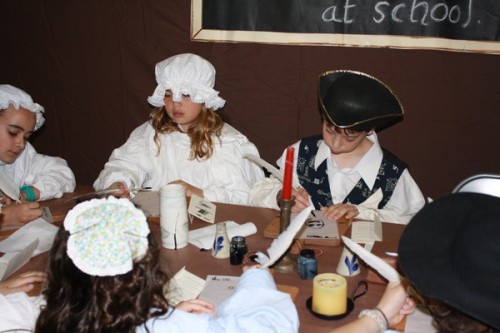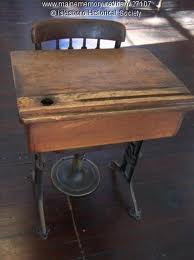From Quill Pens to Computer Adaptive Testing: Old and New Technological Devices
There are many definitions of instructional technology. One concentrates on devices teachers use in classrooms. Another definition focuses on the different ways that teachers have used such devices as tools to advance learning in lessons. Even other definitions frame technology as processes, ways of organizing classrooms, schools, and districts.
I examine the second definition in this post: the connection between writing tools students used and the perpetual demand over the past two millennia of teachers in every culture to find out what students have learned. Here I consider the quill and steel-tipped pen, pencil, ball-point pen, and yes, the computer.
I begin with the quill pen.
Here is how Robert Travers (1983, pp. 97-98) described quill pens.
The quill pen was first mentioned in the writings of Saint Isodore of Seville in the seventh century…. The quill seems to have been by far the best writing instrument invented in its time for it displaces all other forms. It became the main instrument used in schools, apart from the slate…. Even in the late 1800s, the quill pen was still the most widely used instrument for writing. Quills [came] from the wings of geese, but swan quills were also highly valued. For fine work, the quills of crows were sometimes used.
In 1809, an inventor, Joseph Bramah, developed a machine for cutting quills into lengths, and the short lengths were then inserted into a wooden holder….The separation of the point and the holder led to many inventions, and one of these was the [metal-tipped pen]….The first factory for the mass production of the steel pen was established in New Jersey in 1870….
When the steel pen entered education, a revolution in school practice [occurred]. Writing with the quill had been a slow, unhurried art…. [T]he writer had to stop frequently in order to reshape and sharpen the quill. Since writing was a slow art, pride was taken in it….The steel pen changed that. The steel pen made it possible to write continuously over long periods. There was ever increasing pressure on the pupil to produce written material in quantity. The new medium for written work then became used for examinations, which became substitutes for the form of oral examination provided by the recitation [where students would be quizzed in public for their knowledge]….
By 1890, students had become so used to the steel pen that examinations were commonly administered using this writing instrument as a tool to produce rapidly written answers.
In the Pittsburgh (PA) public schools as an elementary school student in 1940 at a now demolished Minersville elementary school, I sat at one of the above desks with the hole for the then-defunct inkwell.
What about pencils? Like metal-tipped pens, mass-produced pencils did not appear in most classrooms until the early decades of the 20th century. And with pencils, teachers assessed what students learned through hand-written homework, quizzes, essays, and multiple-choice tests (introduced in the U.S. during World War I). These inexpensive devices–mass-produced ball-point pens arrived in schools in the 1940s—made assessing students’ knowledge inexpensive–after all, no one pays students to take tests or for lost time learning–and efficient in judging promotion, retention, graduation, and other high-stakes outcomes.
Now arrives computer adaptive testing (CAT). Used a great deal in the private sector for employment and other purposes, over the past few decades, computerized testing has entered schools. In Measures of Academic Progress (MAP), for example, students sit in front of computer screens and take tests that are tailored to their ability. When a student answers an item (usually multiple-choice) correctly, then the student is given a harder item to answer. If the student gives a wrong answer, then the screen shows an easier question. This goes on until the computer bank runs out of items to administer students or the computer has sufficient information to give the student a score. Whichever happens first, then the test is over.
Highly touted by promoters and vendors–see McGraw-Hill YouTube segment for an example of hype–CAT is part of the package that new national tests accompanying Common Core standards will include by 2014. There are, as with any new technological device, clear advantages and disadvantages of this form of assessment (see Computer Adaptive Testing).
Like quill and steel-tipped pens dipped in ink, pencils, and ballpoint pens, here is another technological device that is being bent toward finding out what students know. Ideally, of course, there would be no need for CAT or the mountain highsummative tests currently in vogue across the country were the nation’s teachers sufficiently trusted to use the many ways teachers assess daily what their students know and can do. And further, for districts to build and increase teacher knowledge and skills in assessment That kind of time investment in teacher knowledge and skills and the accompanying trust in teachers and schools to assess and report the results are, sad to say, missing-in-action.
So watch computer adaptive testing become the new steel-tipped pen of the late-19th century.
This blog post has been shared by permission from the author.
Readers wishing to comment on the content are encouraged to do so via the link to the original post.
Find the original post here:
The views expressed by the blogger are not necessarily those of NEPC.


